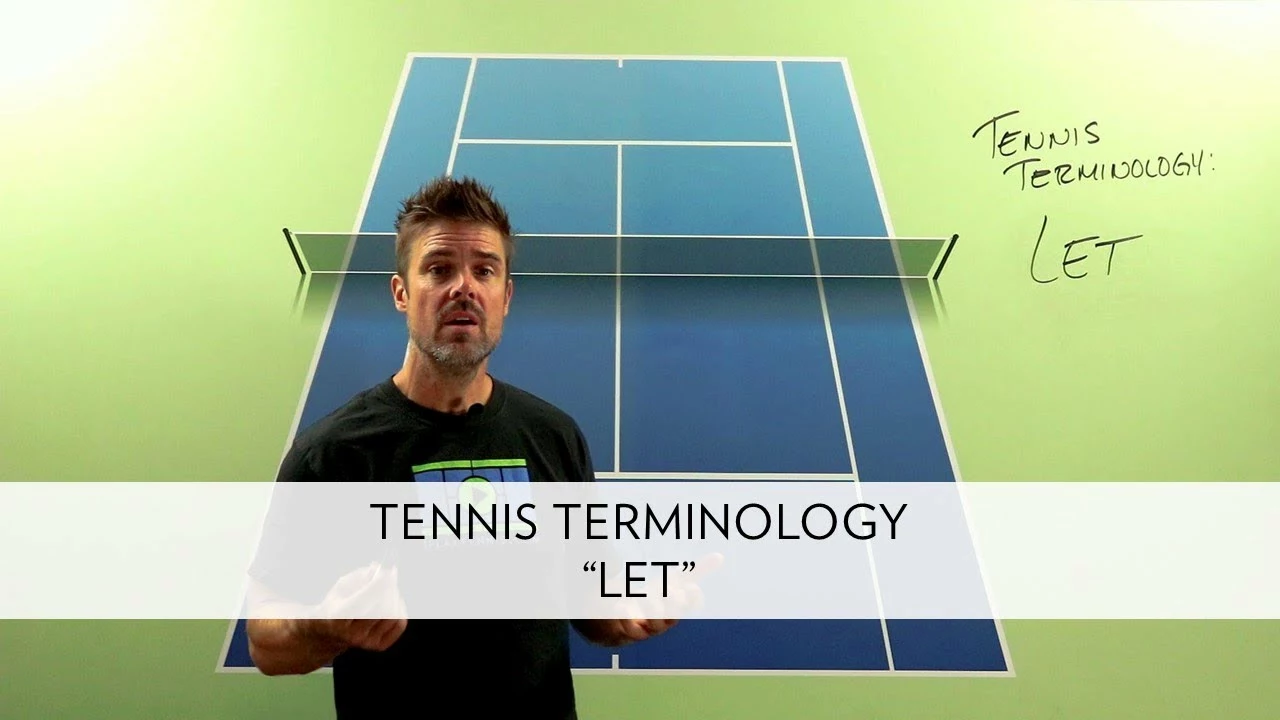Tennis Terminology Guide: What Every Player Should Know
If you’ve ever watched a match and heard words like “ace” or “deuce” and felt lost, you’re not alone. The sport has its own language, but the good news is the words are simple once you break them down. Below you’ll find the must‑know terms, explained in everyday language so you can follow a game without pausing for a dictionary.
Key Scoring Terms
Love means zero points. It comes from the French word “l’oeuf” (the egg) and looks like a zero. When a player says “15‑love,” they’ve won the first point while the opponent has none.
15, 30, 40 are the points a player scores in a game. After the first point you’re at 15, the second at 30, the third at 40, and the fourth wins the game—unless the score reaches 40‑40.
Deuce is the tie at 40‑40. From here, a player must win two consecutive points: the first gives them “advantage,” the second ends the game.
Advantage (or “ad”) is the point after deuce. If you have the advantage and win the next point, you take the game. Lose it, and the score goes back to deuce.
Break point happens when the receiver can win the game on the next point. It’s a chance to “break” the server’s hold on the game.
Match point is the final point that decides the match. Win it and you’re the winner; lose it and the match continues.
Equipment and Shot Terms
Ace is a serve that lands in the service box and the opponent can’t even touch it. It’s an instant point for the server.
Fault is a serve that misses the service box. Two faults in a row result in a double fault, giving the point to the opponent.
Let is when a serve hits the net but still lands in the correct box. The point is replayed, and the server gets another chance.
Slice is a shot that spins sideways, making the ball dip quickly. It’s useful for defensive play or to change the rhythm of a rally.
Topspin adds forward spin, causing the ball to bounce high after it lands. Most baseline players rely on topspin to push opponents back.
Lob sends the ball high over the opponent’s head, often used when they’re at the net. A well‑timed lob can turn a defensive position into an offensive one.
Drop shot is a soft hit that barely clears the net and lands short. It forces a net‑rusher to scramble forward.
Knowing these terms makes watching a match feel like a conversation rather than a mystery. Next time you hear “break point” or “let,” you’ll instantly get what’s happening on the court. Keep this guide handy, and you’ll soon sound like a seasoned fan, even if you’re just starting out.

What is a service break in tennis?
In tennis, a service break, or simply 'break,' is a big deal. It's when the receiving player wins a game against the server, which can shift the momentum of a match. This is because the server usually has an advantage, and breaking that advantage is a significant achievement. So, when you hear about a player 'breaking serve,' it means they've managed to win a game where their opponent served. It's one of those strategic moments that can make tennis so exciting to watch.
View More
